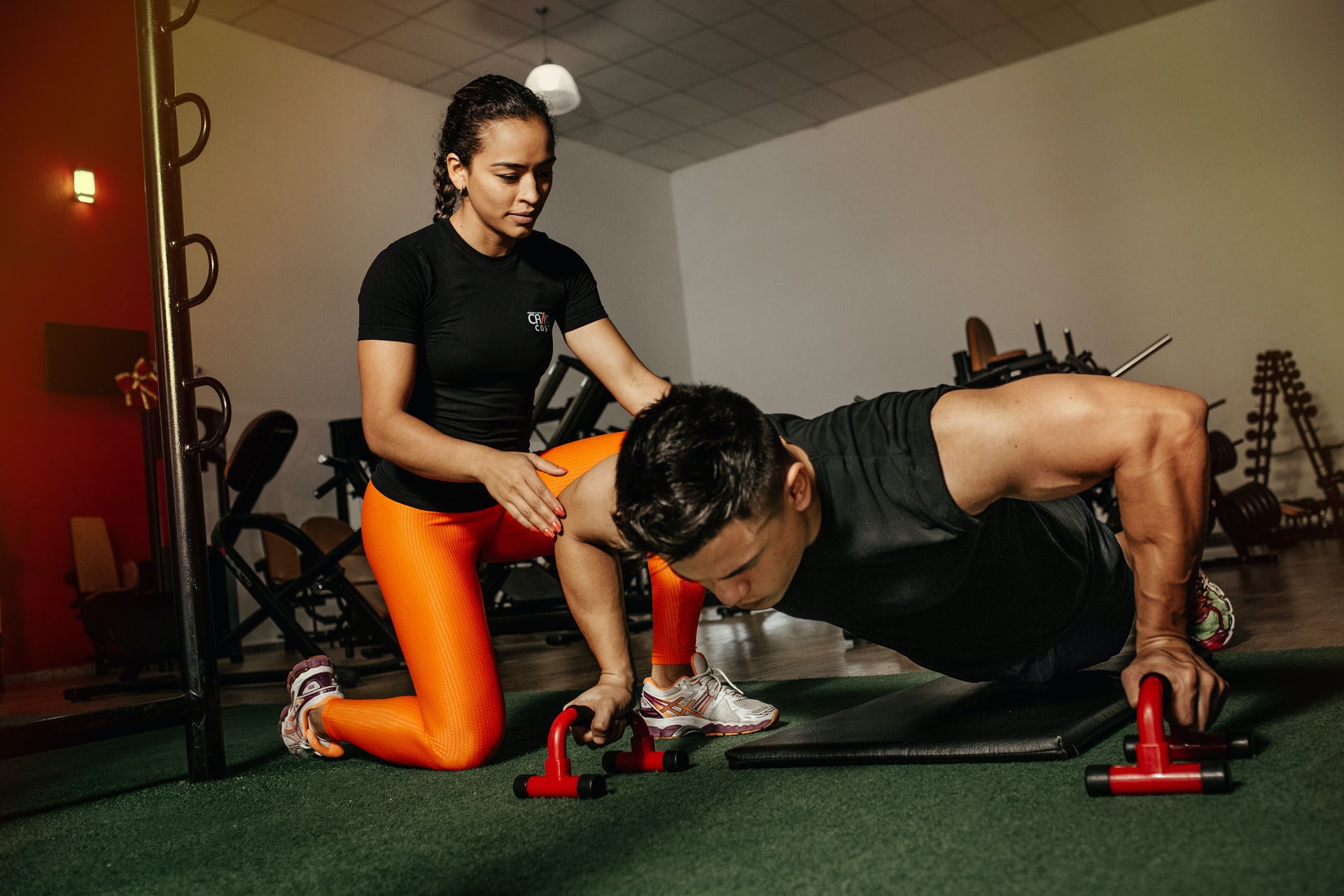You’ve studied the Fitness Theory course, passed your Fitness Theory exam, and became a registered Fitness Leader. Now you can pursue further designations to help you build your fitness career. One of the most popular designations people get is their NFLA Personal Trainer certification. You can achieve this by passing an exam and ICE evaluation to show that you meet the minimum NFLA Personal Training performance standards adopted by most provincial certification bodies in Canada including the BCRPA.
To meet this NFLA personal training standard, you have to show competence in 4 major areas:
- Business of Personal Training
- Health & Fitness Assessment
- Training Principles & Program Design
- Professionalism
Business
Being a personal trainer is much more than just being good at designing workout programs and helping your clients meet their fitness goals. You’re running a business and therefore need to know the basics of entrepreneurship.
In this section, you’re going to learn about basic business practices like keeping client records, business planning, databases, staffing/HR, documentation, etc. You should also be made aware of different business resources you can tap into such as websites, mentorship, or clubs and other organizations/associations. You’ll also need to learn about the basics of organizational/corporate structures (ie. sole proprietor, contractor, employee, corporation, etc.) and financial aspects like budgeting, bookkeeping, payroll, etc.
Another key aspect of business outside of the administration stuff discussed previously is marketing. Here you’ll also learn how to identify target markets, create marketing plans/budgets, different marketing terms, SWOT analysis, and networking strategies.
This section comprises 6% of the material and should take roughly 2 hours.
Health & Fitness Assessments
Here you’ll learn about risk management and how to prevent your clients from getting injured or worse during workouts. This section will also cover insurance, liability, ethics, and different screening tools and ways to reduce risk.
On the health screening side, examples of things you’ll learn to include ACSM & ACE medications’ effect on exercise, lifestyle questionnaire, PAR-Q, heart-rate/blood pressure assessments, and basic health screening.
For fitness assessments, you’ll learn about how to rest for body composition, flexibility, muscle strength/endurance, and aerobic capacity. From there, you’ll learn what is and isn’t normal and how to set SMART goals for your clients.
This section comprises 18% of the material and should take roughly 6 hours.
Training Principles & Program Design
This section is probably going to be the most interesting for students. You came here to learn how to train people and this section teaches you exactly that.
Here you’ll learn about exercise physiology, energy systems, biomechanics, muscle anatomy, fitness training principles (ie. FITT, SAID, Progressive Overload, etc.) as well as the 5 components of fitness and 6 components of sport/athletic ability.
On the program design side, you’ll learn different methods to help your clients achieve their fitness and sports goals and understand the different tools (gym, yoga, weights, dumbbells, therabands, etc.) to help your clients improve on their competencies.
If you’ve been in the fitness world long enough, you’ll know that results are built in the kitchen and the mind just as much as in the gym. So this section also covers nutrition, motivation, counselling, supplements, and mental training.
This section comprises 70% of the material and should take roughly 22 hours.
Professionalism
By now you’ve learnt about how to run a business, how to market, how to keep clients safe, and how to help them achieve their goals. Now it’s time to learn how to achieve yours.
This section covers career options, ethics, marketing, continuing education, and the customer’s mentality. Basically, this part teaches you everything you need to know to build a long-term career in the industry.
This section comprises 6% of the material and should take roughly 2 hours.
I hope this exam/study guide breakdown is able to help many of you learn what to expect and how a Personal Training certification can really help boost your fitness career. For help with your fitness exams and more, visit our Online Fitness Education platform.
